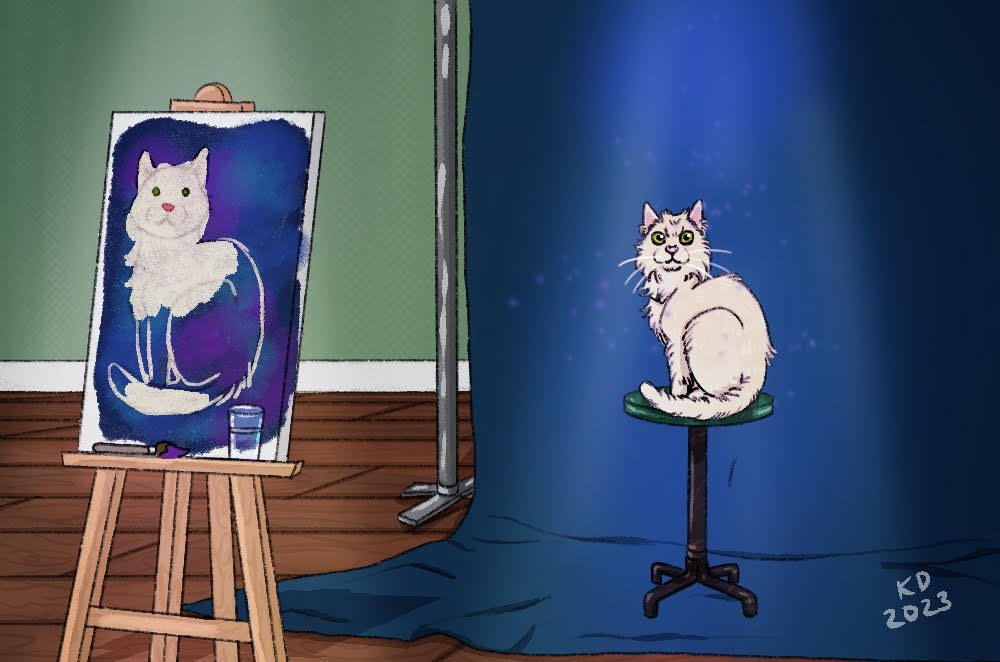Secrets to Keeping Your Long-Haired Cat Properly Groomed
Long-haired cats are some of the most graceful breeds in the feline world. Their fluffy, soft coats of long and luxurious fur do come with a price, though, and that is regular maintenance. Cats are naturally clean animals, but sometimes it can be difficult for a long-haired cat to take proper care of their coat – especially if they have gained a few pounds.
In the wild, long-haired cats exist in specific climates where having the extra fur comes in handy. These climates include mountainous regions, snowy areas, or places where it gets very cold at night. In these climates, long-haired cats evolved their protective coats to deal with the weather. Though it can be hard to keep a long-haired coat clean in the wild, most cats in the wild are not overweight and can groom themselves properly.
Taking Care of Your Long-haired Cat
Some domesticated long-haired cats have been bred to have longer and longer fur coats mostly for competitions and vanity. These long coats come with a lot of extra work, but that work can really be worth it when you see how happy it will make your cat!
The first tip for taking care of a long-haired cat is to remember: the more fur, the more work. A cat with medium-length fur might see the odd mat if they aren’t able to groom themselves well enough, but a long-haired cat might see matting all over their fur even if they are trying to groom properly in the first place. Long-haired cats need regular attention to keep their coats healthy. For example: matts can grow quite tight and end up causing pain. These can be avoided by regular brushing.
The second tip in maintaining a long-haired cat’s fur, is to use a comb. Combs get down to the skin layer and drag the natural oils to the surface – coating the fur and keeping it healthy. They are also useful for untangling and preventing small knots or matts (be careful not to pull too hard on a knot or matt as it can hurt your cat). Brushes or de-shedding rakes can be too hard on your cat’s skin as well, with the National Groomer’s Institute recommending a 6- to 8-inch comb with soft teeth.
The third tip for helping your long-haired cat take care of its coat is to keep some grooming wipes handy. Cats aren’t fond of being dunked in, or falling into, water. While there are always outliers, the majority prefer not to take baths. As a result, when living with a long-haired cat, having some specially formulated cat grooming wipes can really be helpful. Cats sometimes get into sticky situations and need help cleaning up. These wipes are designed specifically for cats and can really save you in a bind. A dirty, stressed-out cat is not going to react well to taking a bath unless they are very familiar with taking baths already.
The final tip for dealing with matting on your long-haired cat is to be careful first, then cut second (or call a professional). Cats are extra sensitive animals and they are not fans of foreign objects being placed into or below their fur line. When removing a matt, be extra careful to use blunt-nosed scissors. Never use small, pointed metal scissors as they can easily puncture a cat’s skin. When going in to remove the matted fur, provide some treats to your feline friend to keep them busy and take their mind off the moment, then slowly attempt to remove the clump. You can try to cut the top of the clump off and then use your fingers to pry the remaining hairs apart, but sometimes you might be able to clip most of the matt without issue. In most cases we recommend seeing a professional groomer. They will know how to safely fix problem areas.
Final Thoughts
A long-haired cat can be a real head-turner when their fur is taken care of. These picturesque animals have a long history of using their fur to stay safe in their native climates, but now, in the home, it’s less about comfort. Sometimes they will need a little extra help to take care of all that fur. If you have a long-haired cat who struggles with matting and taking care of their fur, talk to a professional about how to prevent fur-related issues from developing!

